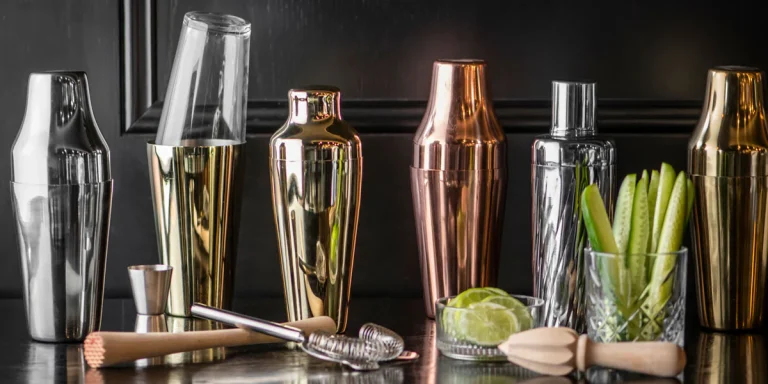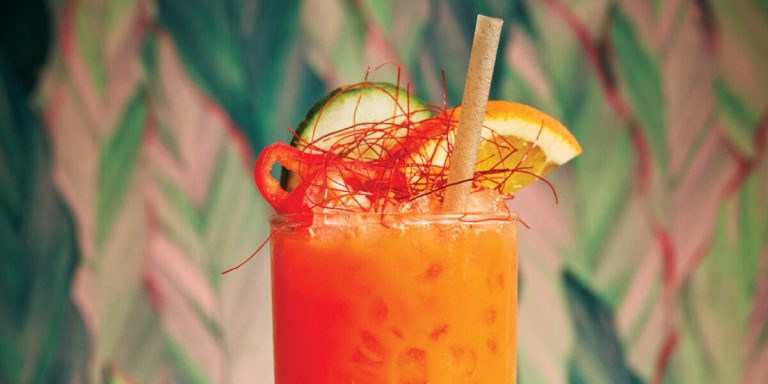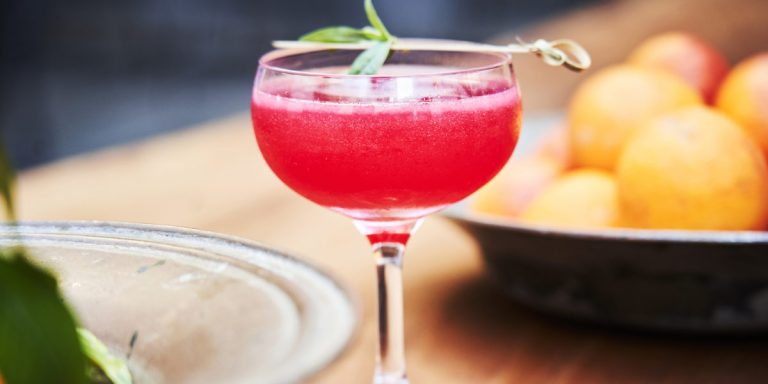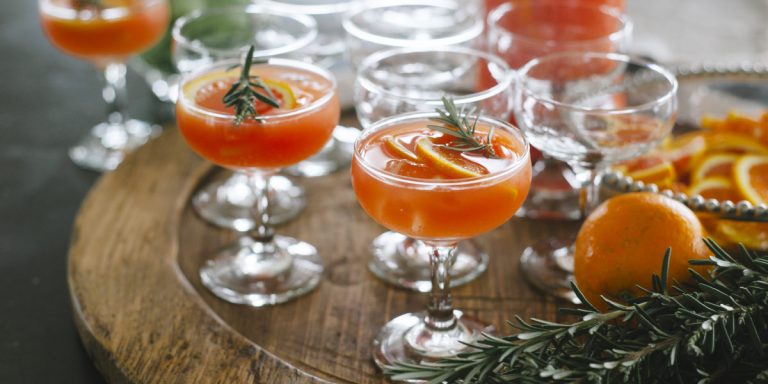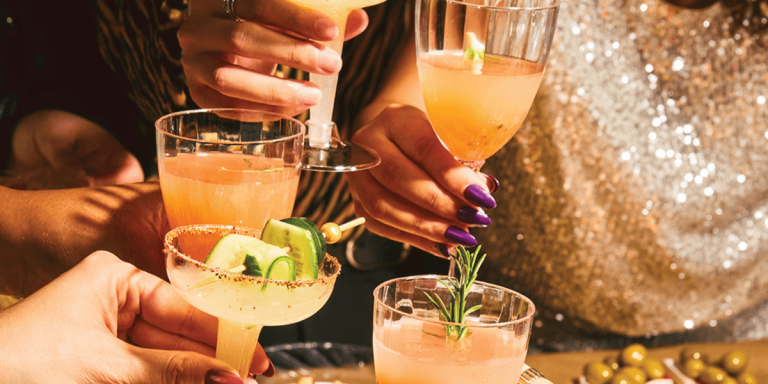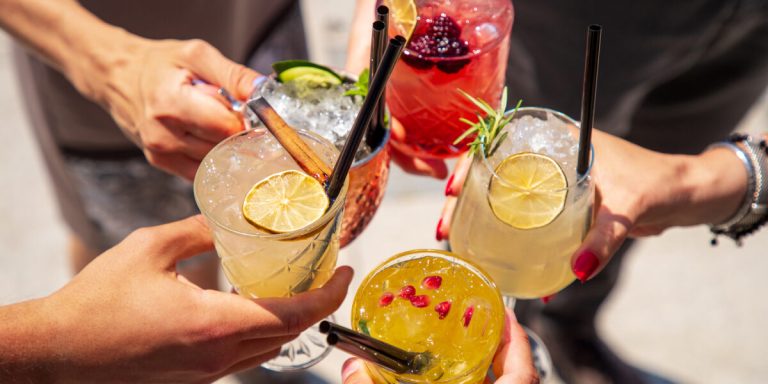The Art of Layered Shots: A Beginner’s Guide
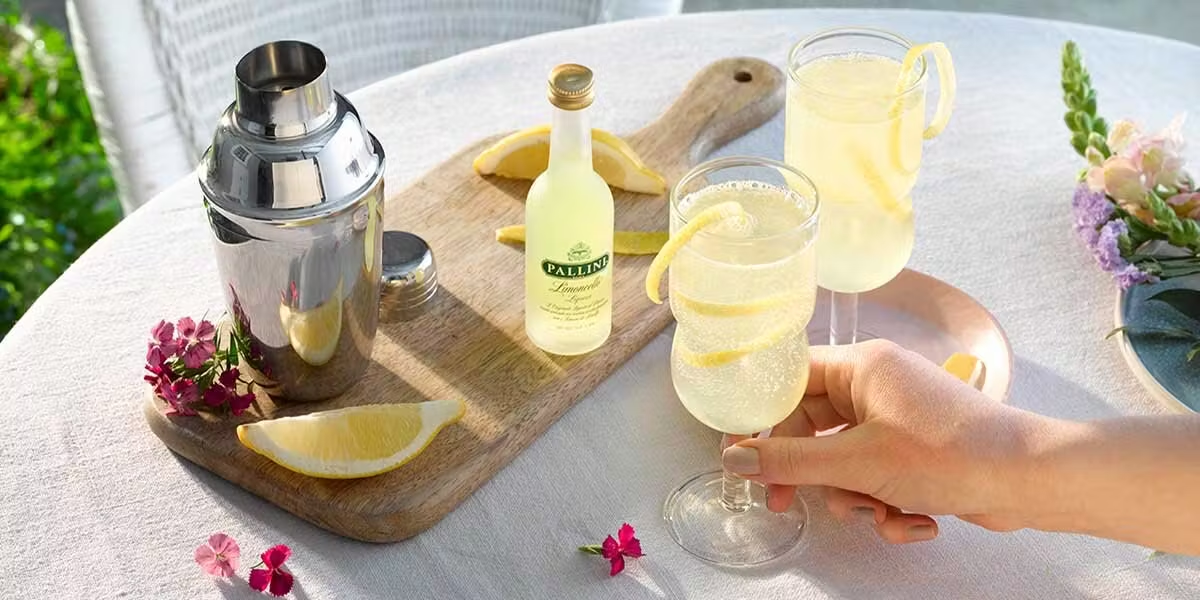
When I think about layered shots, I see them as tiny masterpieces in a glass. They’re not just drinks; they’re visual displays that catch attention before they even touch the lips. The first sip of a layered shot feels like unwrapping a gift, moving through flavors and textures in sequence rather than all at once. It’s a playful and creative way to serve cocktails, and once I started making them, I realized just how much technique and patience they require.
At first glance, layered shots look intimidating. The separation of colors appears almost too precise, as though only professionals could achieve it. But I discovered that with the right approach, even a beginner can master the process. It’s not about magic; it’s about understanding how different liquids behave when they meet. The excitement of pouring one ingredient over another and watching the layers stack up is addictive. Every successful attempt feels like a small victory, and even the failed attempts teach me something new about balance and density.
Why Layered Shots Are Special
I love that layered shots bring together science, artistry, and flavor. They make a statement before anyone even tastes them. Guests often pause to admire the glass, snapping pictures or holding it up to the light. That sense of spectacle is what makes these drinks so appealing at parties and gatherings.
For me, the real charm lies in how each sip changes as the layers merge on the palate. A carefully built shot will deliver a wave of sweetness, bitterness, creaminess, or warmth, all in the order the layers were stacked. It’s like tasting a story, where every chapter is distinct but contributes to the whole.
The Science Behind the Layers
What makes layered shots possible is density. Every liquid has a weight that depends on its sugar, alcohol, and ingredient content. Denser liquids naturally sink, while lighter ones float on top. I didn’t fully appreciate this until I tried pouring two liqueurs together and watched one disappear into the other. Once I started paying attention to density, the layering process made much more sense.
For example, syrups and cream-based liqueurs tend to be heavy and settle at the bottom. Spirits with higher alcohol content, like rum or vodka, are lighter and rest on top. This hierarchy is what makes the visual effect possible. By carefully pouring from densest to lightest, the layers hold their form and create that striking striped appearance.
Tools That Make It Easier
While a steady hand is essential, having the right tools helps a lot. I always keep a bar spoon nearby, not just for stirring but also for layering. The back of the spoon slows the pour, guiding the liquid gently onto the layer below instead of crashing through it. A pour spout on the bottle also helps me control the flow, though I’ve managed fine without one by practicing patience.
Shot glasses with straight sides are my favorite vessels for layered drinks. Curved glasses look nice, but straight sides make the layers more defined and easier to stack. Having clear glass is non-negotiable because the whole point is to show off the colors and textures.
Technique and Patience
When I pour a layered shot, I remind myself to slow down. Rushing almost always ruins the effect, and I end up with blended colors instead of clean stripes. The key is to tilt the spoon slightly so the liquid flows down the glass wall. I usually pour from about an inch above the spoon, letting gravity do the work.
I’ve found that temperature can also affect the results. Chilling certain ingredients thickens them slightly, making them easier to layer. Room temperature liquids tend to mix more readily, so I often refrigerate cream liqueurs or fruit syrups before use. Ice-cold spirits don’t just taste better in shots; they behave better during layering.
Classic Layered Shots I’ve Tried
Experimenting with different recipes helped me understand the craft better. A few classics stand out as great practice drinks.
The B-52
This is often the starting point for many beginners, myself included. It uses coffee liqueur at the bottom, Irish cream in the middle, and orange liqueur on top. The contrast between dark, creamy, and bright layers makes it visually striking. The flavors also transition smoothly, giving a rich and balanced sip.
The Traffic Light
This one is fun because of its vibrant colors. Grenadine sinks to the bottom, melon liqueur sits in the middle, and a citrus spirit rests on top. The result looks like a stoplight, which always gets a reaction when I serve it.
The Slippery Nipple
Despite its playful name, this is a simple shot that taught me precision. It combines sambuca at the bottom with Irish cream floating on top. The way the cream hovers delicately over the clear spirit feels like a magic trick every time.
The Rainbow Shot
This one is more advanced, but I had to try it after seeing it at a bar. It requires a careful sequence of ingredients with varying densities and colors. The result is a spectrum in the glass, and when done right, it’s one of the most impressive layered shots out there.
Experimenting Beyond Recipes
Once I felt comfortable with classics, I started improvising. I would line up different bottles, check their densities, and see what combinations might work. Sometimes the flavors surprised me in a good way, like when I paired a coconut rum with a raspberry syrup. Other times, I ended up with a muddled mess that didn’t taste half as good as it looked.
Trial and error is part of the fun. I like keeping a notebook of which combinations worked, writing down the order of layers and how well they held. Over time, I’ve developed a sense of which flavors complement each other and which ones clash.
Presentation and Serving
Serving layered shots is about more than the drink itself. I chill the glasses beforehand to keep the layers crisp and distinct. A tray lined with shot glasses filled with vibrant colors always gets attention, and I enjoy the reactions from friends when I bring them out.
I also think about the setting. Dim lighting with candles or bar lights makes the colors glow even more. Pairing layered shots with music and conversation creates a lively atmosphere, making the drinks part of the experience rather than just refreshments.
Mistakes I Learned From
I’ve spilled more than a few attempts while practicing. The most common mistake is pouring too quickly, which causes layers to blend. Another mistake I made early on was using liquids with similar densities, only to watch them mix instantly instead of stacking.
I also underestimated how much the order matters. Pouring a lighter liquid first almost guarantees failure because it won’t stay at the bottom. It took me a while to remember to always start with the heaviest ingredient. Every mistake became part of the process, and now I see them as necessary lessons that made me better.
Sharing the Experience
Making layered shots isn’t just about personal satisfaction. It’s also about creating moments with others. I’ve noticed how people’s eyes light up when they see the finished product. Friends often want to try pouring one themselves after watching me, and I always encourage it. Even if it doesn’t turn out perfect, the fun of trying together makes it worthwhile.
Serving these drinks has become one of my favorite ways to connect with people. They break the ice at gatherings, spark curiosity, and invite conversation. When someone takes their first sip and smiles, it feels rewarding to know I played a part in that.
Developing a Personal Touch
Over time, I’ve tried to bring my personality into the shots I make. Sometimes I’ll choose colors to match a theme, like green and red around the holidays. Other times, I’ll experiment with flavors that reflect my mood, such as tropical fruits in the summer or rich creams in the winter.
Adding a garnish, like a tiny fruit wedge or a sprinkle of cocoa, can also make a layered shot feel even more polished. While not always necessary, those small touches elevate the drink from good to memorable.
Building Confidence
The more layered shots I make, the more comfortable I feel experimenting. Confidence allows me to take risks and try combinations that might seem unusual at first. Some of my best discoveries came from moments when I decided to ignore tradition and follow instinct instead.
Confidence also makes me less afraid of mistakes. I no longer get frustrated if a layer blends into another. Instead, I see it as a chance to adjust technique or try again with a different approach. That mindset has helped me improve steadily over time.
Final Thoughts
Layered shots may look complex, but they’re one of the most enjoyable projects for any beginner stepping into cocktail making. They combine technique, science, and artistry in a way that keeps me engaged every time I pour one. The process demands patience and attention, but the payoff is always worth it when I see those distinct, colorful layers come together.
What I love most is how layered shots invite creativity. They give me freedom to play with flavors, colors, and presentation while also teaching me discipline. Whether I’m preparing a classic like the B-52 or experimenting with my own combinations, I always feel a sense of accomplishment when the layers settle perfectly in place.
For me, the art of layered shots is not just about making drinks it’s about creating experiences. Each one tells a small story in a glass, and every time I serve one, I get to share that story with others. That’s what keeps me coming back, glass after glass, pour after pour.

